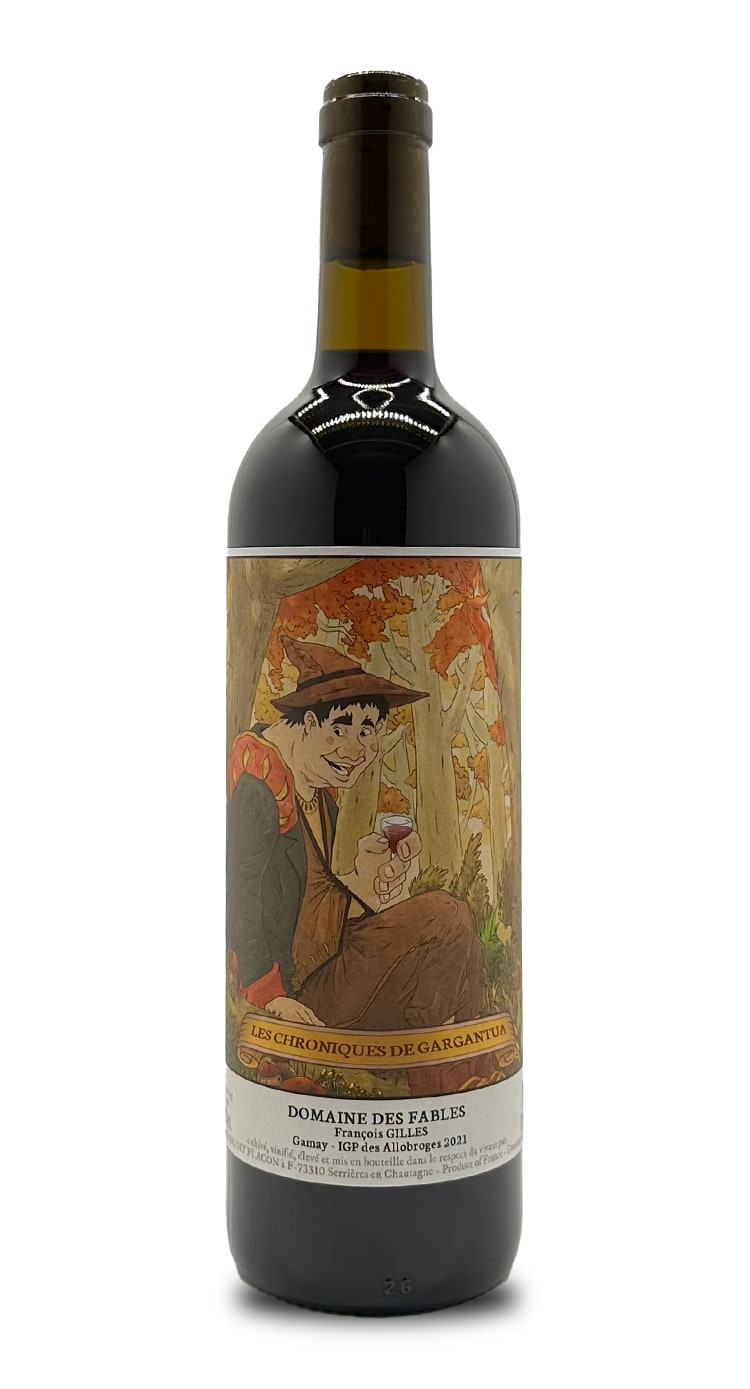

Showing 1–12 of 28 results













Other types of red wine grapes are found in warmer climates such as Tempranillo in Spain, Primitivo in Italy, Grenache in the South of France and Spain, Syrah/Shiraz along Mediterranean regions and El Pais in Chile.
The varieties traditionally cultivated in these regions are reflected in their respective appellation standards; for example, Bordeaux wines will be made from either Cabernet Sauvignon, Merlot, Cabernet Franc, Petit Verdot, Malbec or Carmenere. Other varieties, even ones that can be grown within the terror of a certain appellation, will need to be bottled as table wines.
With all red wine, once the fermentation process is finished, the winemaker makes a decision as to whether to age it. Red natural wine is mainly aged in oak barrels however it can also be aged in Amphora vessels, cement tanks, stainless steel or even fibreglass. Each vessel will be chosen by the winemaker specifically for the type of grape and the particular red wine profile that is desired. In many cases, the ageing period is relatively short in order to allow the inherent character of the grape to express itself.
There are a relatively small number of sparkling red wines, however, there are some examples, especially of petillant naturel (pet’nat) otherwise known as the ancestral method.
The main difference in producing natural red wine in comparison to conventional red wine is that the grapes used in natural wines are all cultivated organically and/or biodynamically. Furthermore, the vinification process is done without the addition of external substances such as commercial yeast, acids, sugar, colourants, thickeners etc.
Many natural wines are unfiltered or very lightly filtered which produces red wine with a higher level of flavonols, a known antioxidant.


